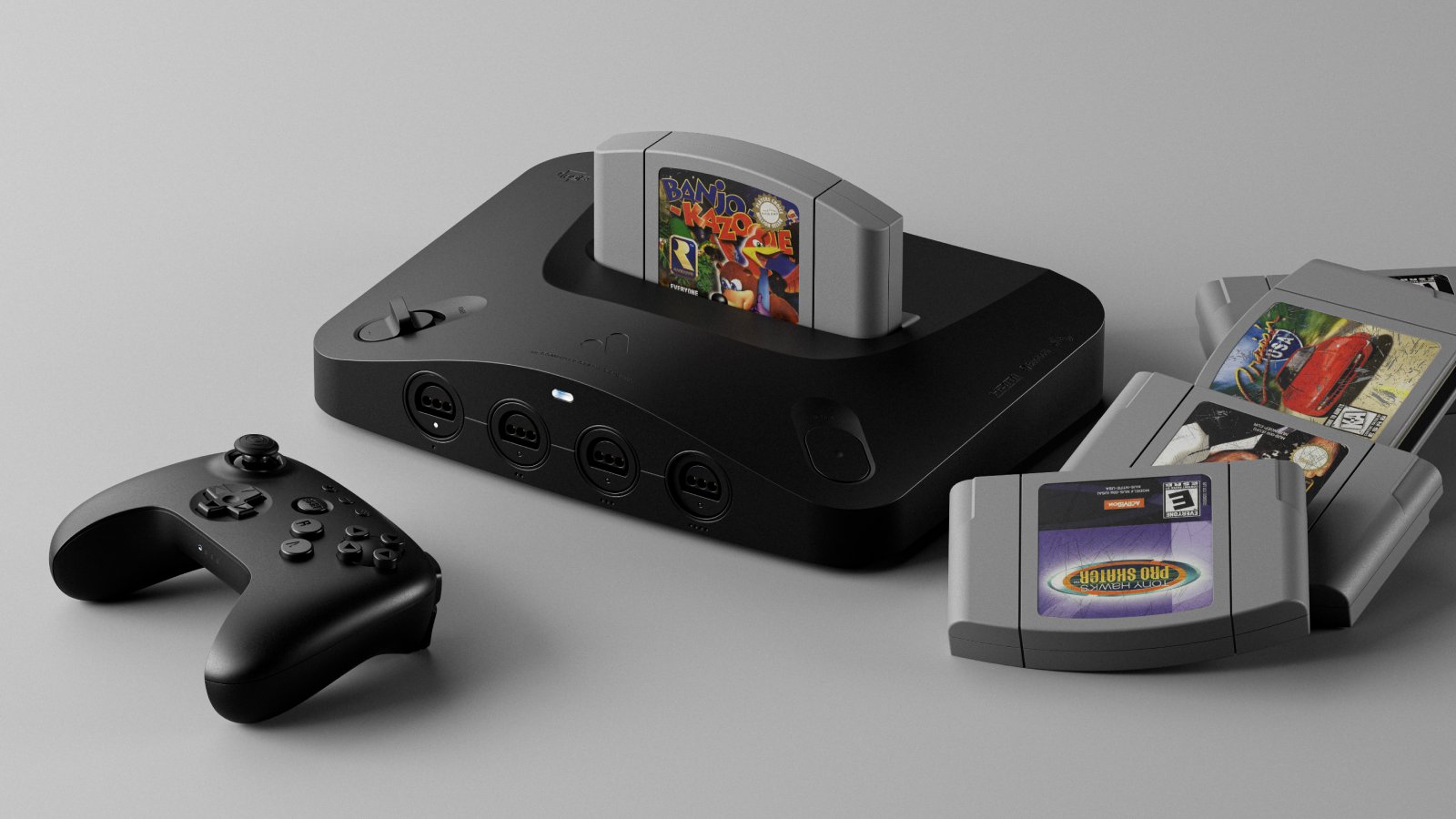
FPGA console manufacturer Analogue has announced a new, 4K VRR-enabled version of the classic Nintendo 64— the Analogue 3D. This may not initially seem all that exciting. Still, those dedicated to classic N64 game preservation, especially without relying on still-developing PC emulation, may be interested to know that the Analogue 3D doesn't require emulation.
That "FPGA" part is key — FPGA means "Field Programmable Gate Array." In this context, Analogue has completely recreated and enhanced the functionality of Nintendo 64 without needing to rely on software emulation, ensuring 100% system library compatibility and accuracy. They've previously achieved this with the Analogue Pocket for a wider variety of retro handhelds, while 3D is geared explicitly toward the Nintendo 64.
While the announcement thread uses some undeniably flowery language, there is a significant market among game preservationists and retro gamers for console hardware like this. The comparative cost of acquiring and modding an original N64 to add Bluetooth and 4K (VRR) output support as the Analogue 3D will be shipping with is often higher than the $250 asking price for the Analogue 3D, especially if you don't happen to have the expertise to apply those mods to the original console yourself.
The Analogue 3D is a perfect modern recreation of the Nintendo 64. With region locking removed and 100% compatibility with the Nintendo 64's game library running strictly as intended without the input lag or sometimes dubious enhancements added by emulation, the Analogue 3D seems suited for many a retro enthusiast's collection.
Introducing Analogue 3D. A reimagining of the N64. In 4K resolution. Perhaps the greatest multiplayer system of all time. Analogue 3D is the worlds first 100% compatible with every original N64 game ever made. Region Free. Bluetooth LE. Dual-band Wifi. Four original-style… pic.twitter.com/7WM3ByIU6COctober 16, 2024
Besides touting wireless Bluetooth controller support, the console is compatible with controllers made for the original Nintendo 64 and their expansions— including original Memory Paks that will allow you to transfer your old saves directly to the new hardware. Analogue 3D was also announced with a Bluetooth 8BitDo 64 controller intended to be paired with it, which touts a modernized Xbox-inspired layout for N64 titles with an added boon of hall-effect analog sticks, which should ensure much greater longevity on 8BitDo 64 than any mainstream first-party console analog stick has enjoyed so far.
Analogue also touts some less vanilla features, namely in the form of its 3D OS made for the console. These functionalities include Original Display Modes to imitate CRT and PVM display output on modern 4K panels, which should enhance the otherwise blurry picture, particularly with the help of VRR support to smooth out the more stuttery N64 games. Of course, the truly CRT-savvy will be a little skeptical of these.
Still, suppose they're comparable to or better than the best currently-existing CRT filters ordinary in the emulation scene to preserve these retro games' original art direction. In that case, Analogue 3D is looking pretty good. Analogue Pocket's Original Display Modes for its various handheld libraries were pretty accurate, but that's much easier to ensure on a handheld you manufacture.
At this point, Analogue 3D is really "missing" in Nintendo 64DD support, which the most dedicated enthusiasts can acquire for 3D or the original N64 using the SummerCart64 flash cart. Otherwise, it seems the perfect choice for playing N64 games on modern displays, particularly considering the existence of modern N64 game development.
Pre-orders for both Analogue 3D and the 8BitDo 64 controller intended to be paired with it open on October 21st. The Analogue 3D will cost $249.99, and the 8BitDo64 controller will cost $39.99.
10/17/24 Update: The original version of this article referred to the Analogue 3D as being based on an "FGPA" rather than an FPGA, and referred to it as a "Field Programmable Grid Array" instead of the correct Field-Programmable Gate Array. The article has been updated to correct these errors.







